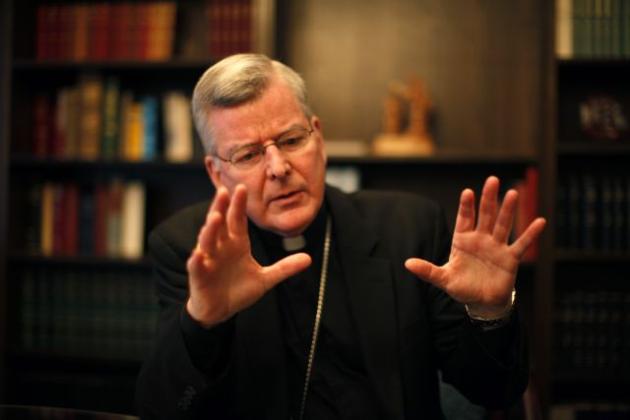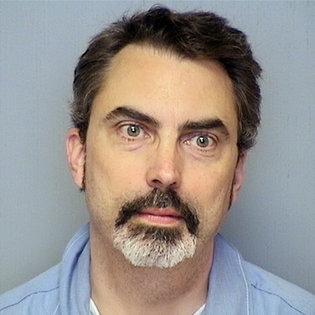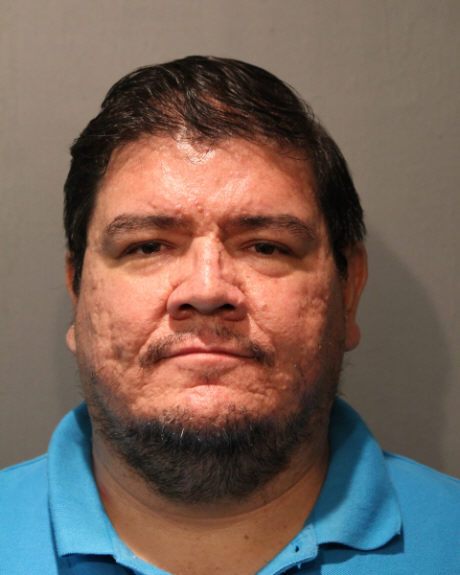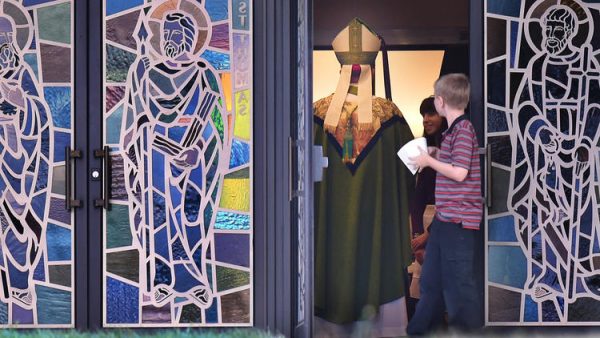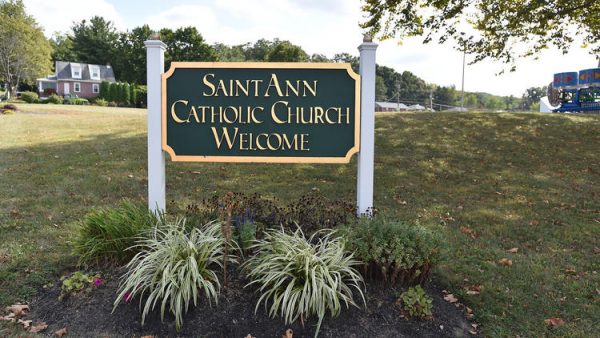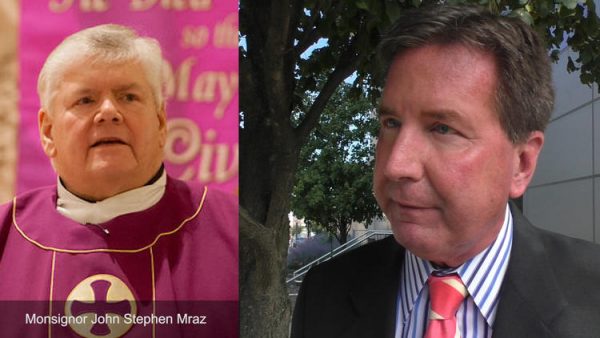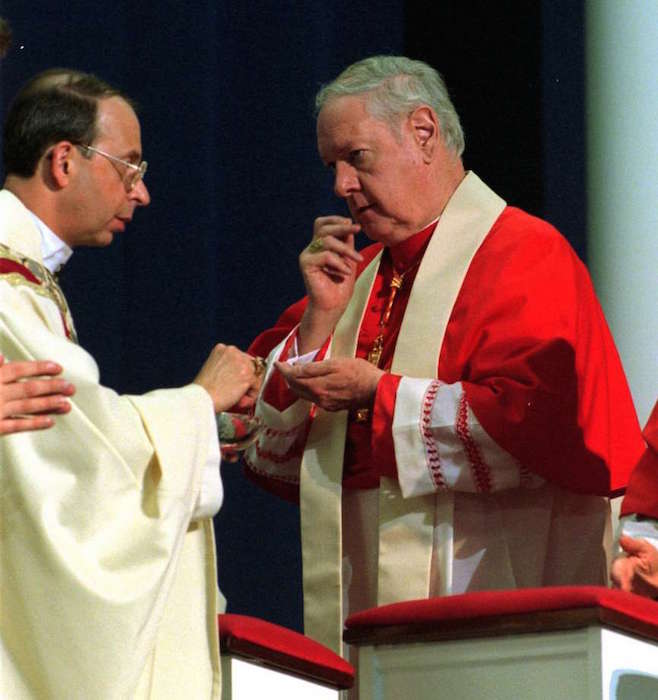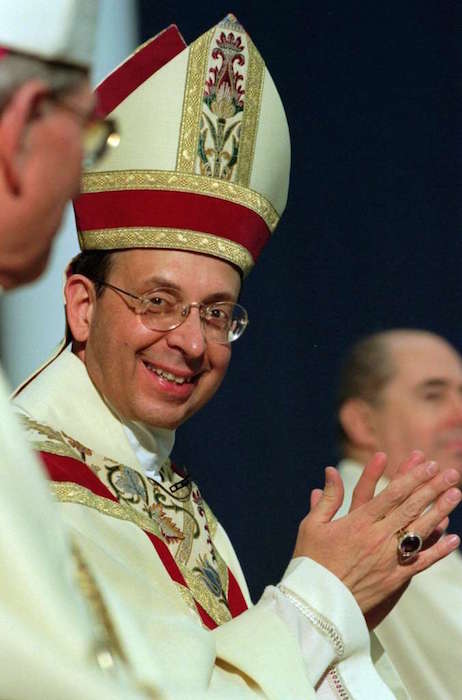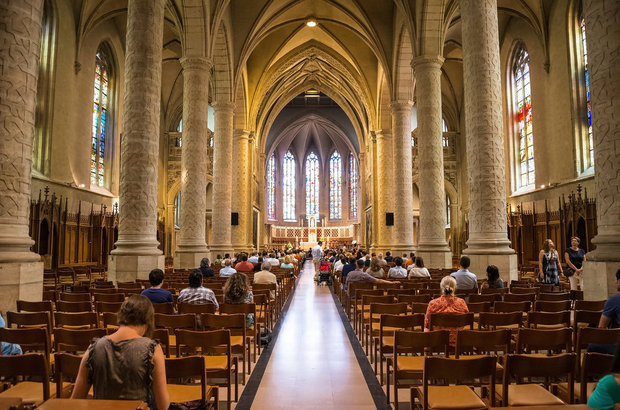
Many psychologists contend there are long-term impacts of childhood sexual abuse. Some individuals are able to overcome them. Some do not.
Dr. Richard B. Gartner is a New York psychotherapist and psychoanalyst who specializes in treating men who are childhood sexual abuse survivors. He is the author of several books, including “Beyond Betrayal: Taking Charge of Your Life After Boyhood Sexual Abuse.”
He has testified in New York and in New Jersey about the need to change the statutes of limitations in sex abuse cases. He’s written about the prolonged effects the crime has on men, although he explained the variety of outcomes is as wide as the number of individuals impacted.
Childhood sexual abuse is a worldwide problem that garnered much focus here in the United States in 2002 when the Archdiocese of Boston faced national exposure for the abuse and concealment there. The Archdiocese of Philadelphia came under scrutiny as the result of two grand jury reports, one in 2005 and another in 2011, that linked more than 60 priests with abusing dozens of minors over decades. Since then, legislative efforts have emerged to deal with the crisis.
Lawmakers in Harrisburg are currently debating HB1947, which could extend the statute of limitations for victims to sue their assailants and eliminates the statute of limitations for criminal charges. Whether those changes should be retroactive, or just apply to new cases, is a key element in the debate.
Gartner said the impact of sexual abuse is profound on its victims.
“I think the most important thing to remember is the real trauma of sexual abuse is the betrayal,” Gartner said. “It’s easy to think about the violence, the physical pain, the premature and terrible way of introducing sexuality into a child’s life. Often, the abuse is done by someone the child knows. The child is betrayed by someone he has trusted implicitly.”
That betrayal can lead to relationship challenges later in life.
Since the adult trusted their abuser as a child “that often results in him or her distrusting relationships in the future, especially with authorities and with loved ones,” Gartner said.
He explained that difficulties with intimate partners can arise.
“They always see sexual situations as a power situation rather than a partnership,” Gartner said.
Masculine socialization and its myths – such as men are not victims – can prohibit the revelation of abuse until well into the adult years, the psychologist explained.
“To acknowledge victimization is to say, ‘I’m not really a man,’” Gartner said as a way of explaining what is often the perception.
He said male victims will justify the abuse to themselves with such explanations as, “I was the one who changed; or, it didn’t bother me; or, I’m just moving on; or, Nothing happened.”
The psychologist said the victim’s logic may seem unreasonable to an outsider.
“How he was 6 at the time but he should have stopped it, he was the seducer,” Gartner said.
Yet, internally, these reasonings maintain a characteristic that these men think is integral to their identity.
Complete amnesia, he has found, is relatively rare, although he said many men need to reframe from what actually occurred to them.
“If I was in charge of something,” he said they tell themselves, “it wasn’t abuse and it wasn’t traumatic and sexually, I’m in charge.”
He said one out of six men report having had unwanted direct sexual contact by the time they are 16 years old. That increases to one in four men if non-contact behavior such as someone exposing him or herself is included.
Gartner said men can put their emotions into a frozen state or rely on addictions to cope.
When faced with their abuse, victims are conflicted about sexuality.
“(Victims are) familiar with the idea that boys don’t want to reveal themselves as victims,” Gartner said. “(Abusers will) say, ‘You’re gay if you say anything.’”
Complicating the matter is that straight men wonder why they were chosen as victims and gay men can be rushed into that identification or decide that the abuse is what caused it, resulting in difficulties in developing positive self-identification.
“Abusers,” he added, “do often know the laws.”
Due to the myth that those abused as boys will inevitably grow up to abuse, many who have no thought of becoming a sexual predator worry they will, Gartner explained.
More than 80 percent of sexually abused boys never become adult perpetrators, although 80 percent of perpetrators were abused as children, he said.
Gartner provided a list of some common symptoms in adults sexually abused as children such as guilt, anxiety, depression, interpersonal isolation, shame, low self-esteem, self-destructive behavior, post-traumatic stress reactions, poor body imagery, sleep disturbance, nightmares, eating disorders, relational and or dysfunction and addictions like alcoholism, drug addiction, gambling and sexual obsession.
Trust issues are multiplied if the victim reports the abuse and that is dismissed.
“It compounds it terribly,” Gartner said. “The faith and trust of this person is further damaged.”
In addition, he said women can be predators, too, although they are often given lighter sentences based on attractiveness.
He said a 1990s evaluation of a non-clinical group estimated that 61 percent of those abused were victims of men, 29 percent by women and 11 percent by both.
A large societal perception, Gartner said, is if a boy is abused by an adult woman he is lucky.
Yet, the child is confounded, left asking himself, “Why am I so anxious about this?”
One treatment he has found to be particularly effective for sexually abused men is male-only support groups.
“They still believe that they were the only one this happened to,” Gartner said. “(Then,) they see other men functioning in life and dealing with this. It’s validating.”
When asked if survivors can heal, the psychologist unequivocally answered, “Yes.”
However, he explained that different people have different definitions of healing and individuals have varying methods of doing so.
“Some,” he said, “wind up in prison and have a whole different journey…”
However, Gartner added, “Certainly in my practice, I’ve known many men with time who’ve really gotten strengthened by taking a look at how they handled what they had handled.”
And, as a group, they may have more compassion.
“Research shows that men who have been abused are more empathic than ones who are not,” Gartner said.
House Bill 1947 – Report of the Philadelphia Grand Jury – 2005 by Vince Carey on Scribd
Complete Article HERE!

